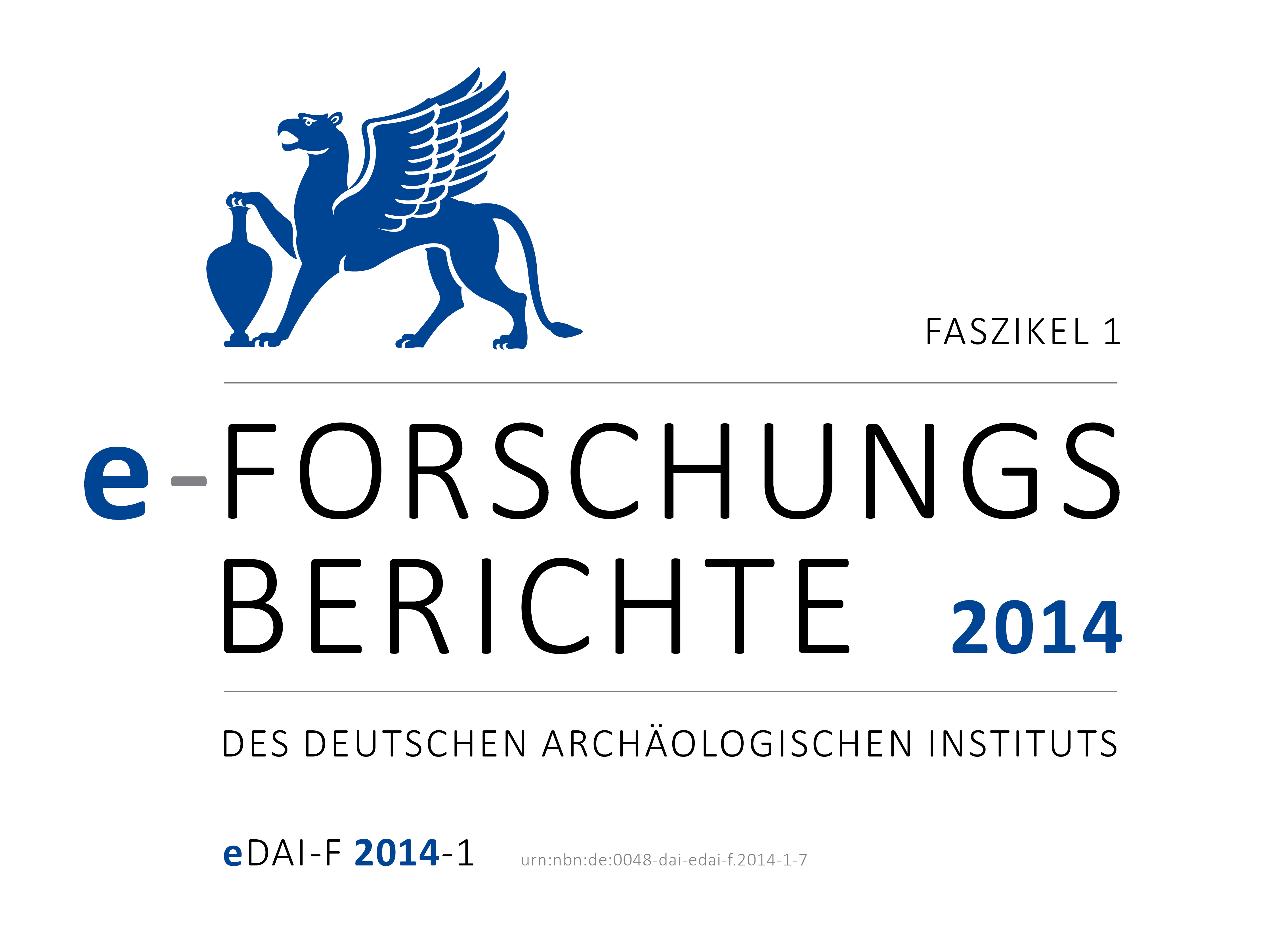Istanbul, Türkei: Istanbulder Holzhäuser
https://doi.org/10.34780/1671-ra9e
Abstract
Wooden houses played a crucial role in Istanbul's historic topography. Today, they have largely disappeared from the cityscape. The documentation of the few remaining buildings is a desideratum and a race against time. To capture a broad spectrum of wooden houses in diachronic, typological and topographical respects, the research activities concentrated in recent years on the Bosporus and the Princes‘ Islands. The Princes' Islands were in the 19th century the preferred summer resort of the Christian minority with an own typological development of wooden buildings that leaned heavily on European and North American models. Also rationalization efforts can be seen in the often represented pairs of semis. In the Bosporus community Tarabya, however, the summer residences of the great European powers in the 19th century accumulated. A prominent example is the historic summer residence of the German Ambassador in an extensively green area. Here two remarkably functional buil- dings – the carriage house and the sailors' house – were documented in 2013. The sailors' house was erected during World War I and represents the last generation of timber structures in Istanbul before their final disappearance.Downloads
Veröffentlicht
2023-05-25
Ausgabe
Rubrik
Artikel
Bibliographische Daten & Rezensionen
Zitationsvorschlag
Bachmann, M. (2023) “Istanbul, Türkei: Istanbulder Holzhäuser”, e-Forschungsberichte des DAI, 1, pp. 136–141. doi:10.34780/1671-ra9e.





